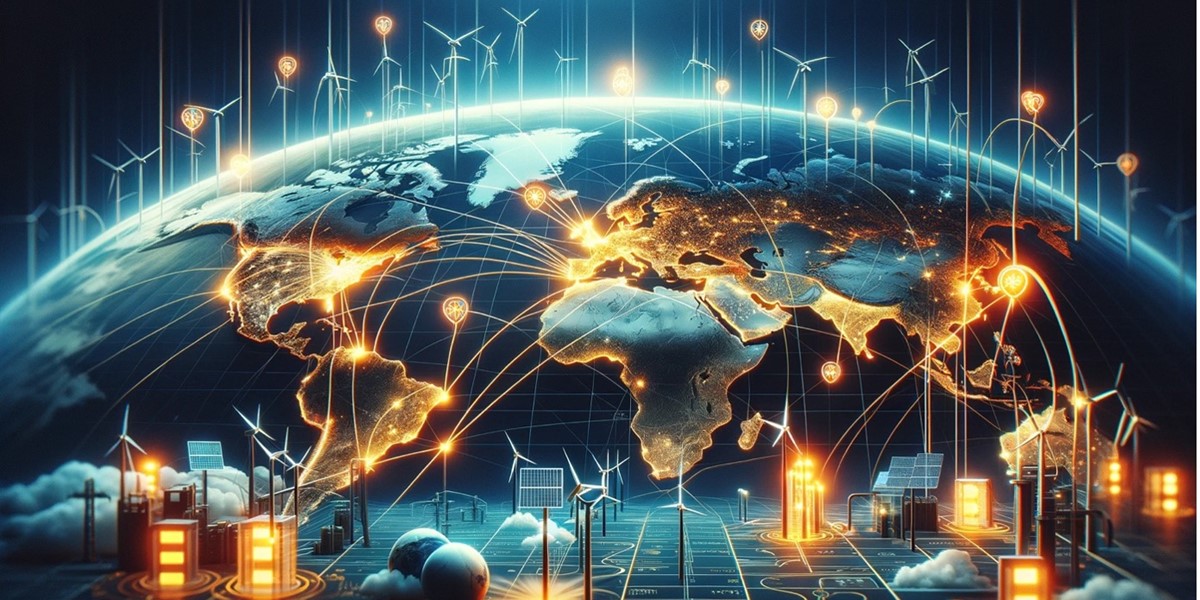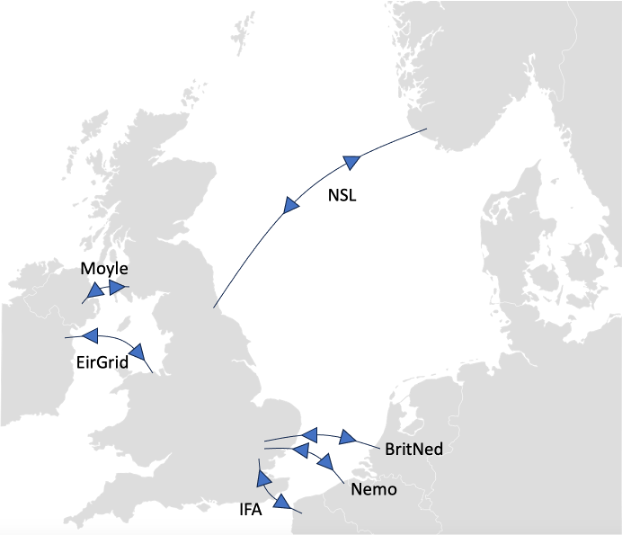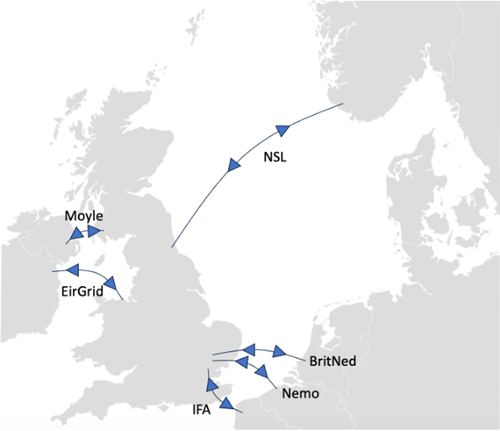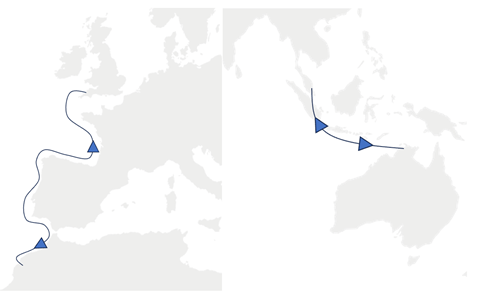The missing link in the global energy transition

The transition to renewable energy is a crucial component of the global climate change response. In 2022, energy supply was the primary contributor to emissions, accounting for an astounding 36% of global greenhouse gas emissions, equivalent to 20.9 gigatonnes of CO2. Transforming the energy market would therefore have the highest impact on climate change. Renewable energy sources, such as solar and wind power, are essential for decarbonizing our energy system. However, the shift to renewable energy faces challenges, including limited spatial availability, geographical constraints, and variable energy outputs. Interconnectors, which are infrastructure elements in the energy sector that connect the electricity grids of different regions or countries, offer a potential solution to many of these issues, provided their cost is manageable.
Interconnectors are high-voltage cables with gigawatt (GW) capacities, comparable in scale to a wind farm, capable of connecting power grids across different countries. Particularly noteworthy are the submersible types, which facilitate connections between countries separated by bodies of water. These interconnectors enable the trading of surplus energy between grids, thereby optimizing energy provision. This feature is crucial for balancing inconsistencies in renewable energy production. For example, if one nation experiences a cloudy day, reducing its solar power output, another nation with sunnier conditions can compensate for this energy deficit through interconnectors. Furthermore, connecting nations with different seasons is an intriguing possibility. For instance, solar energy from Africa could power homes in Europe during mid-winter when solar availability is limited. This approach addresses the geospatial constraints each country faces, as wind, solar, geothermal, and hydro power depend heavily on location. An international grid would enable the optimal utilization of energy production from renewable sources, minimizing waste. Additionally, it allows countries to fully exploit a particular renewable resource, as they have the option to export surplus energy, freeing them from the limitation of catering solely to their own energy needs. This also facilitates a green transition for countries with limited renewable energy capacity.
Today, the UK already has several interconnectors in place, with additional ones planned for the future.


Current used interconnectors by the UK (figure: Econopolis Strategy)
Connections between the UK and Belgium, France, Ireland, and Norway have already been established. Notably, the interconnector with Norway, spanning 720 km, is the world's longest and facilitates the exchange of emission-free hydropower. However, these existing cables are relatively short compared to future projects. The UK plans to expand its energy grid connectivity to Africa through the Xlinks project, which proposes a 3,800 km interconnector extending from the shores of Europe to Morocco. Similarly, Australia and Singapore are discussing a potential 4,200 km cable connection. Both Morocco and Australia, with their vast solar energy potential, could supply significant renewable power to the countries they connect with.

Future cable projects between Australia/Singapore and UK/ Morocco (figure: Econopolis Strategy)
There are indeed several challenges associated with these interconnectors. The cost of one kilometer of cable is approximately €3 million, varying based on geographical conditions. Consequently, the aforementioned projects are estimated to have price tags around €16 billion. To justify these costs, significant reductions in overall energy production expenses are necessary for these projects to be profitable. Additionally, the timeline for realizing these projects tends to be lengthy, as manufacturers in this specialized industry can typically focus on only one cable contract at a time. The specific material properties required for these cables present further challenges, including material availability and ensuring robustness. As a result, extended delivery times and waiting lists are common, limiting the number of new interconnectors that can be installed each year.
Interconnectors will play a significant role in enhancing the consistency and feasibility of the energy transition. These cables do more than just link the electricity grids of countries; they also bridge their ambitions for climate change mitigation. In essence, these connections underscore the vital international cooperation required to tackle climate change effectively.